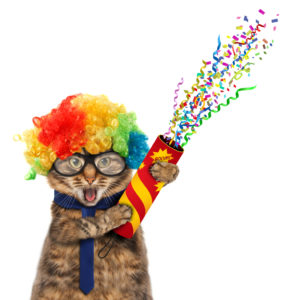 Good news has been scarce in this election year. But don’t despair, movement analysts, for the benefit of movement is gaining traction in the national press!
Good news has been scarce in this election year. But don’t despair, movement analysts, for the benefit of movement is gaining traction in the national press!
Time magazine, for example, featured “The Exercise Cure” as its cover story in the September 12th issue. The writer notes that doctors have been advising patients to exercise for some time. But the prescription has been generic. Too much repetitive motion can be damaging, but too little movement is also unhealthy. So what kind of movement is healthy and how much exercise is “just right?”
Fortunately, the National Institutes of Health (NIH) will launch a massive study next year to detail what happens inside a body in motion. According to Time, the study aims “to prove that exercise is medicine” and ultimately enable physicians to provide patients with detailed exercise plans tailored to their specific physical needs.
Current research is also encouraging, for it shows that some of the best exercise doesn’t require a gym membership. The amount of exercise recommended by the World Health Organization and the U.S. Centers for Disease Control has increased to 150 minutes of moderate aerobic activity weekly and twice-weekly muscle strengthening. But quotidian activities such as walking, biking, gardening, and doing housework count. And a cheap pair of weights or resistance bands can be used for weight training.
More exotic forms of movement, like Tai Chi and Yoga, are also being touted for their health benefits. Despite the fact that the U.S. is not a dancing culture, dancing is healthy. So I hope dance will also find a place in the future of American medical practice, when exercise is prescribed with much more specificity.


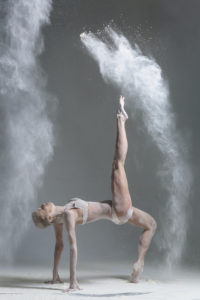 Laban’s Choreutic forms both mirror and challenge the natural range of motion of the human body. As Laban was designing these movement sequences, he drew upon his first career as a visual artist. It’s clear from his figure drawings that he had studied anatomy. And he applied this knowledge in theorizing the shapes the moving limbs can trace in space.
Laban’s Choreutic forms both mirror and challenge the natural range of motion of the human body. As Laban was designing these movement sequences, he drew upon his first career as a visual artist. It’s clear from his figure drawings that he had studied anatomy. And he applied this knowledge in theorizing the shapes the moving limbs can trace in space.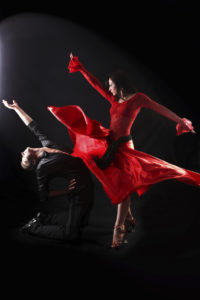 Human beings have big heads, and biomechanically speaking, this is a headache. Standing up freed our arms and hands and opened new spatial horizons. But it also means we must cope with balancing our heavy heads against the constant pull of gravity.
Human beings have big heads, and biomechanically speaking, this is a headache. Standing up freed our arms and hands and opened new spatial horizons. But it also means we must cope with balancing our heavy heads against the constant pull of gravity.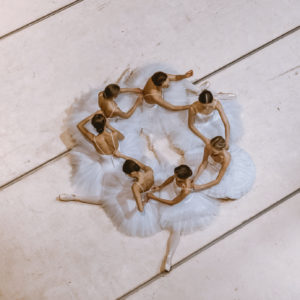 Laban’s Mixed Seven-rings are an important extension of his theory of
Laban’s Mixed Seven-rings are an important extension of his theory of 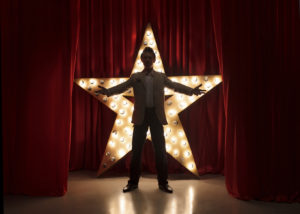 Laban moved into new Choreutic territory with five-rings, and consequently they are fascinating to embody. Primarily Laban built his space harmony scales around the cubic diagonals. But the peripheral and transverse five-rings that Cate Deicher and I will be teaching in the
Laban moved into new Choreutic territory with five-rings, and consequently they are fascinating to embody. Primarily Laban built his space harmony scales around the cubic diagonals. But the peripheral and transverse five-rings that Cate Deicher and I will be teaching in the 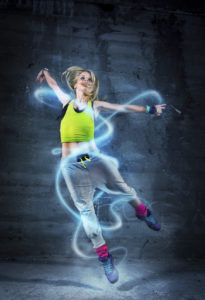 by Cate Deicher
by Cate Deicher Rudolf Laban thought so; he found them in the kinesphere! “Snakes” are one of the seldom taught space harmony forms that Cate Deicher and I will be exploring in our
Rudolf Laban thought so; he found them in the kinesphere! “Snakes” are one of the seldom taught space harmony forms that Cate Deicher and I will be exploring in our 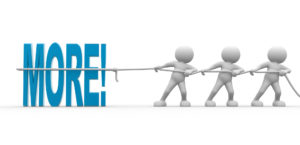
 Since 1991, Motus Humanus has been serving the Laban community by providing various services to support movement professionals as they develop their post-certification careers. These include the following.
Since 1991, Motus Humanus has been serving the Laban community by providing various services to support movement professionals as they develop their post-certification careers. These include the following.